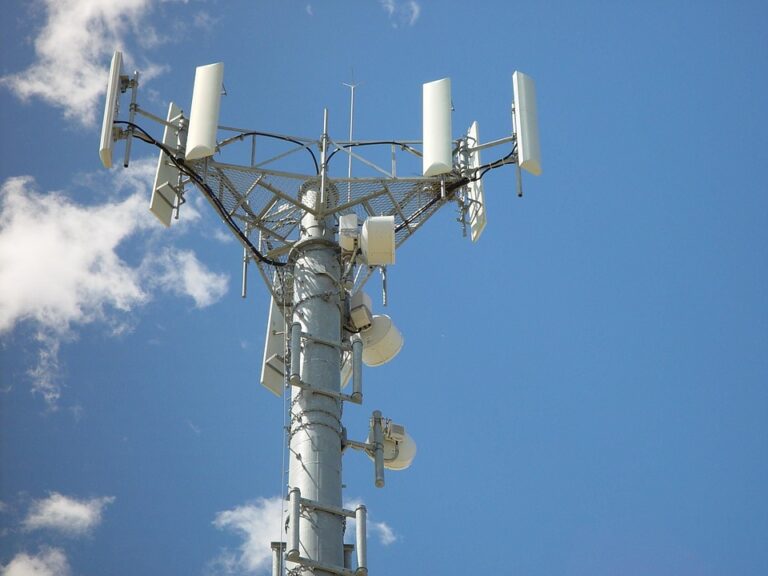If you've ever wandered through a town, you may have seen tiny cell towers for 5G placed on poles for street lighting. They appear like tiny boxes, but they're actually broadcasting wireless signals from cell phone providers to your phone.
These smaller towers are replacing larger, purpose-built cell towers. While they're less noticeable, they still can cause problems for people.
A FCC's Radiation Exposure Thresholds
The FCC's Radiation Exposure Thresholds determine the safe limit at which one can expose to electromagnetic radiation from wireless devices. The exposure limits are based upon scientific research that show that RF energy could be harmful to human health.
The rate of absorption called the specific absorption rate (SAR) is a measure of the radiofrequency energy absorbed by tissue. It is typically 1.6 milliwatts per kilogram spread over a kilogram of tissue.
But, since 5g operates at higher frequencies, it has the potential to create more energy on the skin and other exposed body parts. This can lead to a wide range of potential harms, including exacerbated development of skin diseases such as dermatitis and cataracts, and skin cancer.
Due to the potential for harmful effects of radiation from 5G, PSU has chosen to create a general limits on power density, which is 4mW/cm2 measured over 1 cm2, but not to exceed 30 minutes, for all 5G services running at 3000 GHz. This limit for localization is in line with the highest SAR spatial-average of 1.6 W/kg, averaged over one g of tissue at 6 GHz.
what is safe distance from 5g tower
If you've ever used a cell phone, you're probably aware that the safest location from the tower should be at least 400 meters. This is due to the power of the transmission of cell towers increases drastically the farther the tower is.
While it sounds like an ideal idea but the truth is that people who live close to towers may actually be more vulnerable to health problems. For example, a study from 2014 in India discovered that those who lived within 50 meters from cell towers suffered much more health problems than those who were away from the antennas.
However, this study also showed that residents who moved to areas further away from the cell towers saw their symptoms improve within a couple of days. Another study has demonstrated that exposure to extreme frequencies of radiofrequency electromagnetic fields (EMFs) can cause cancer, brain tumors and other health issues.
This is due to the fact that radiofrequency radiation, which is utilized for wireless communication, has the ability to penetrate the body's outer layer, which is the skin. what is safe distance from 5g tower is vital to be aware of this since the skin serves as a barrier to protect against injury to the body, infection from pathogenic microorganisms, as well as infiltration of toxic substances. The skin is the most important organ of the human body and is responsible for maintaining the integrity of other organs.
The FCC's Minimum Exposure Thresholds for the Minimum Exposure
The FCC's Minimum Exposure Thresholds rely on a variety of assumptions that aren't supported by evidence from science. These include the erroneous assumption that exposures to RF radiation are safe due to the limited absorption into body (i.e., tissue heating).

The assumption also ignores the greater penetration of ELF elements of modulated radio signals as well as the consequences on the body of short bursts from pulsed RF waves. These assumptions are not in line with current understanding of the biological consequences of RF radiation. As such, they should not be used for health protective exposure standards.
Furthermore to safe distance from cell tower , ICNIRP and FCC restrict their maximum radiation limits for local peak SARs that are based on the maximum frequency of absorption (psSAR), which can be described as not a reliable dosimetric instrument to determine the degree of exposure to RF radiation. Particularly, psSAR is inaccurate for frequencies above 6 GHz. Furthermore, psSAR has not been tested for RF radiation with co-exposure to other environmental agents , such as sunlight. The interactions of RF radiations with different agents in the environment could produce synergistic or antagonistic results. This can lead to an increased risk of negative health adverse effects. For instance, exposure to RF radiation along with exposure to sunlight can increase the risk of skin cancer, and may also exacerbate other skin diseases such as acne.
